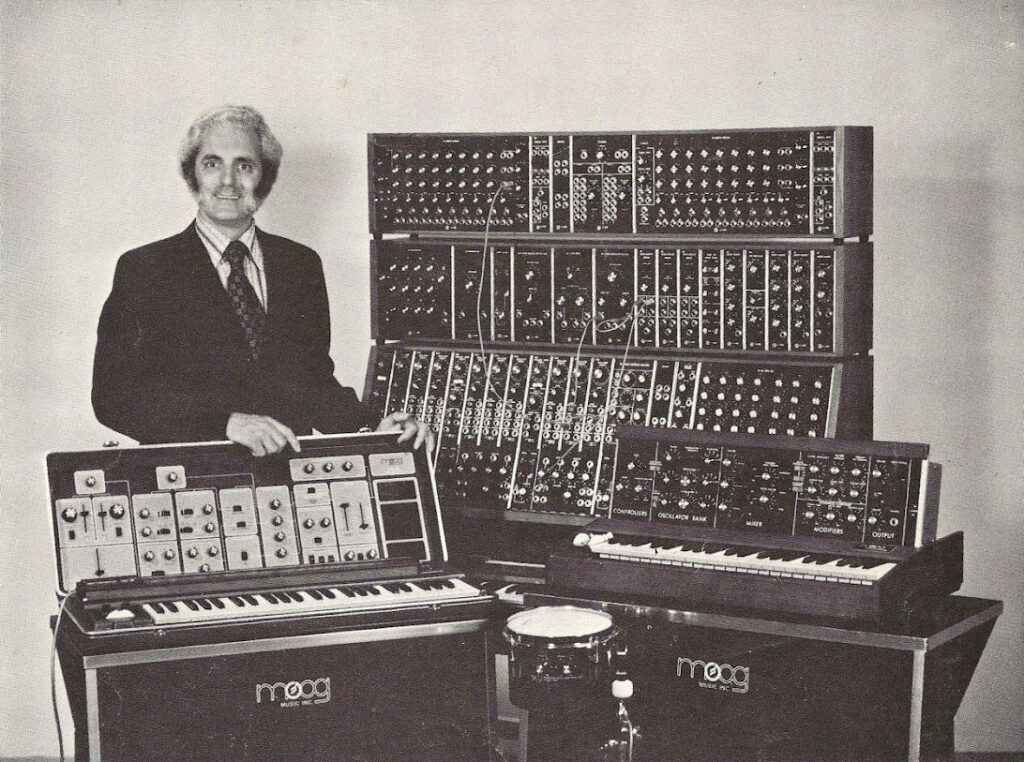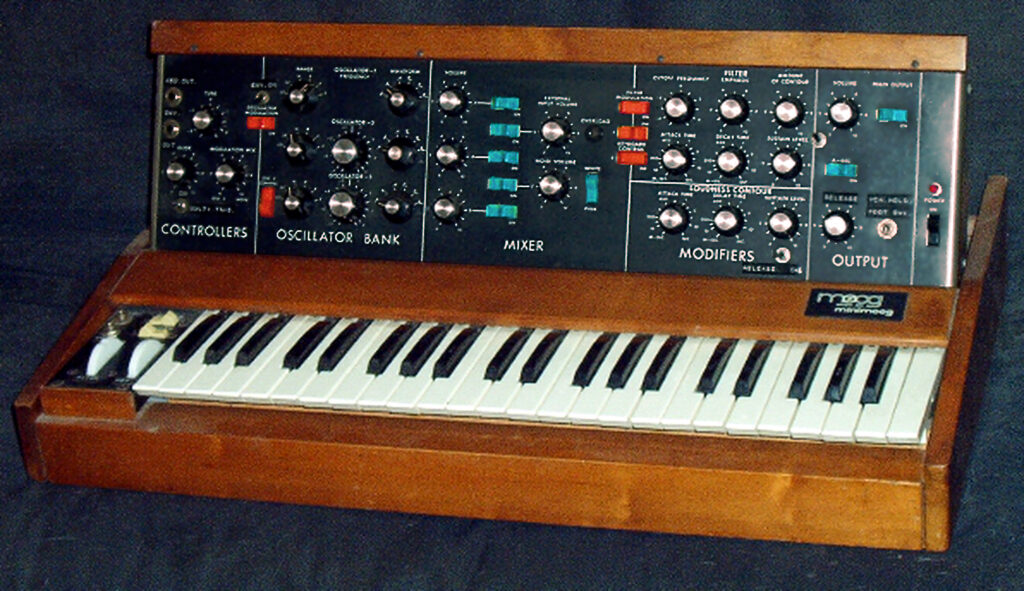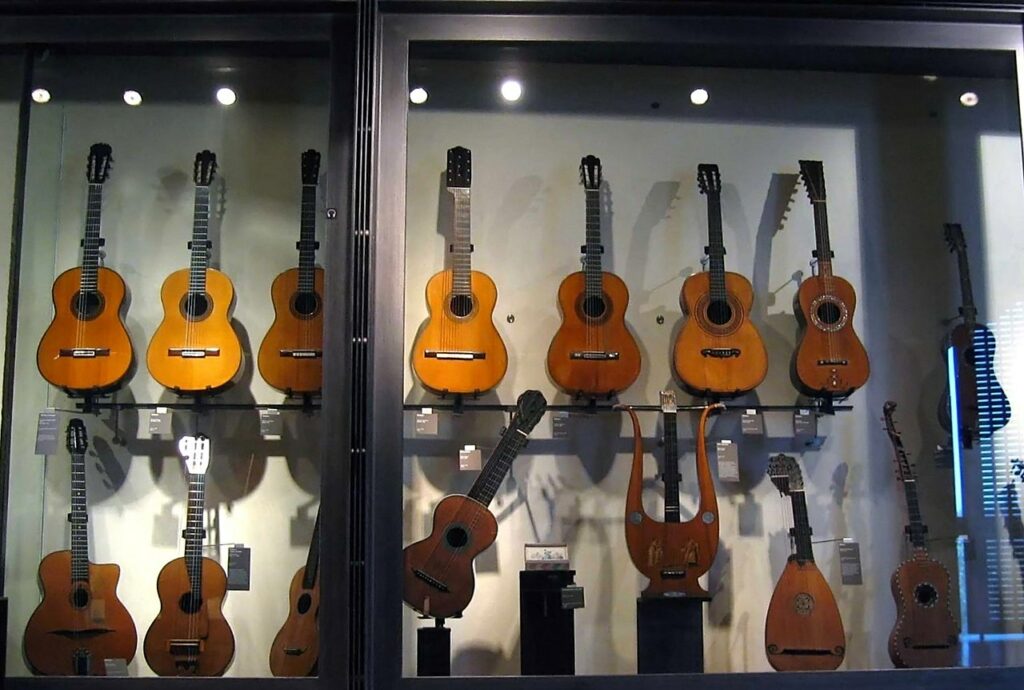
The East Coast synthesis refers to a specific approach to electronic music synthesis that originated in the 1960s and 1970s on the East Coast of the United States. It is primarily associated with the work of Bob Moog and his company, Moog Music.
Key characteristics of East Coast synthesis:
- Subtractive Synthesis: This is the primary technique used in East Coast synthesis. It involves starting with a complex waveform (often generated by oscillators) and then subtracting frequencies using filters to shape the sound.
- Focus on Traditional Music: East Coast synthesizers were often designed to emulate traditional instruments or create sounds that fit within conventional musical structures.
- Modular Synthesis: Early East Coast synthesizers were modular, allowing users to create custom instruments by connecting individual modules. This flexibility enabled a wide range of sonic possibilities.
Moog Synthesizers:
Moog synthesizers, particularly the Minimoog, became iconic instruments of East Coast synthesis. They were used by countless musicians to create groundbreaking music in genres such as rock, electronic, and progressive rock.
East Coast synthesis has had a profound impact on modern music production. Its principles and techniques are still widely used in both hardware and software synthesizers. The warm, rich sounds of East Coast synthesis continue to inspire musicians and shape the sound of contemporary music.


Download, listen, create with the available samples: